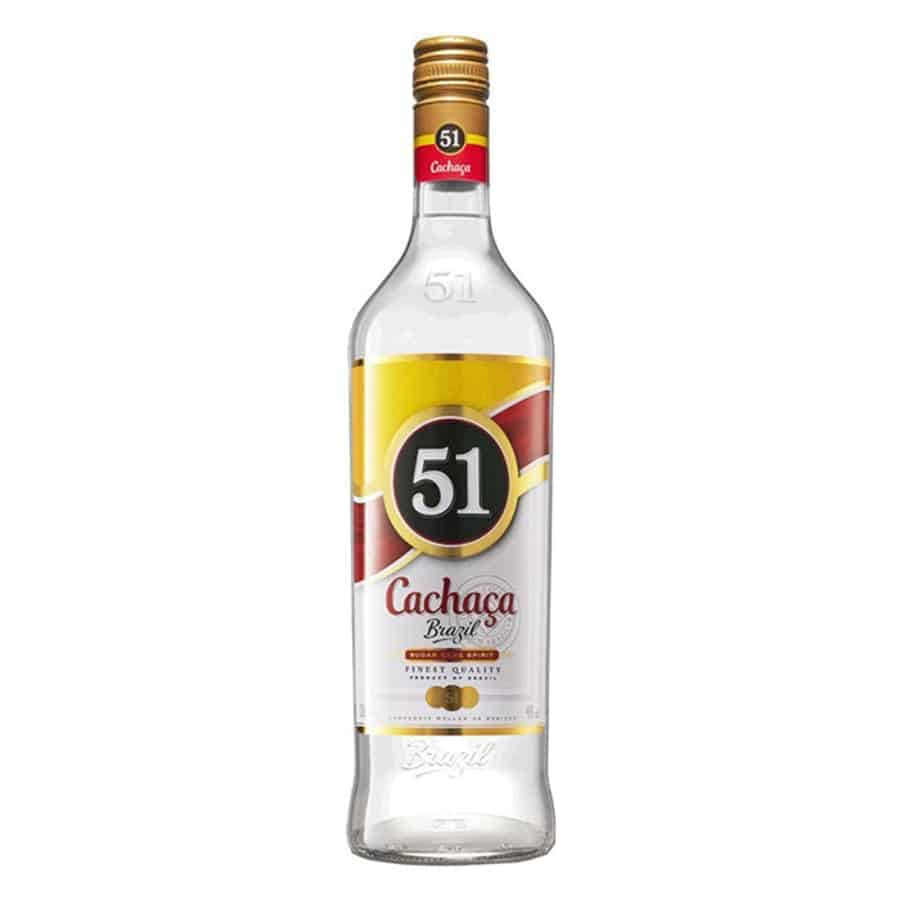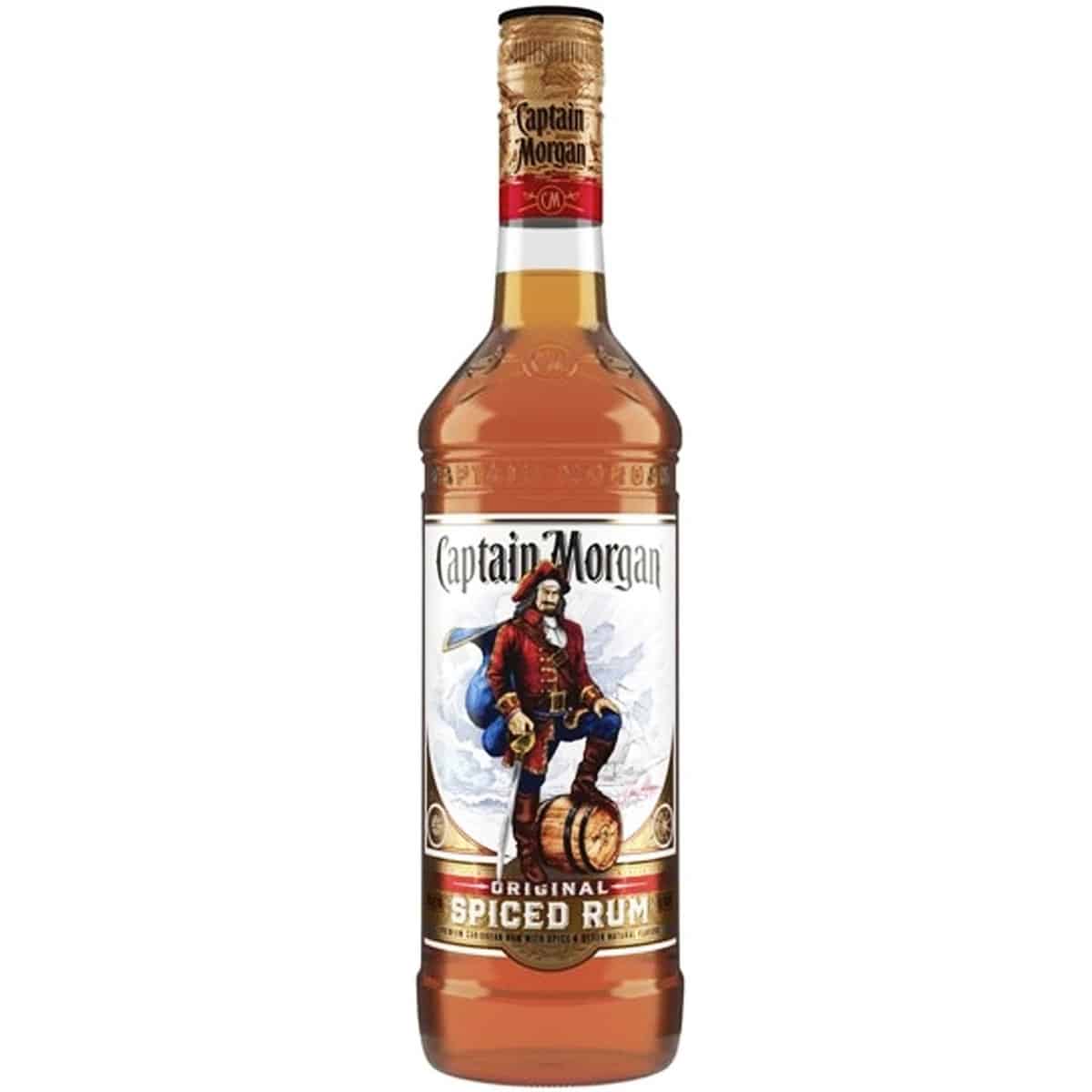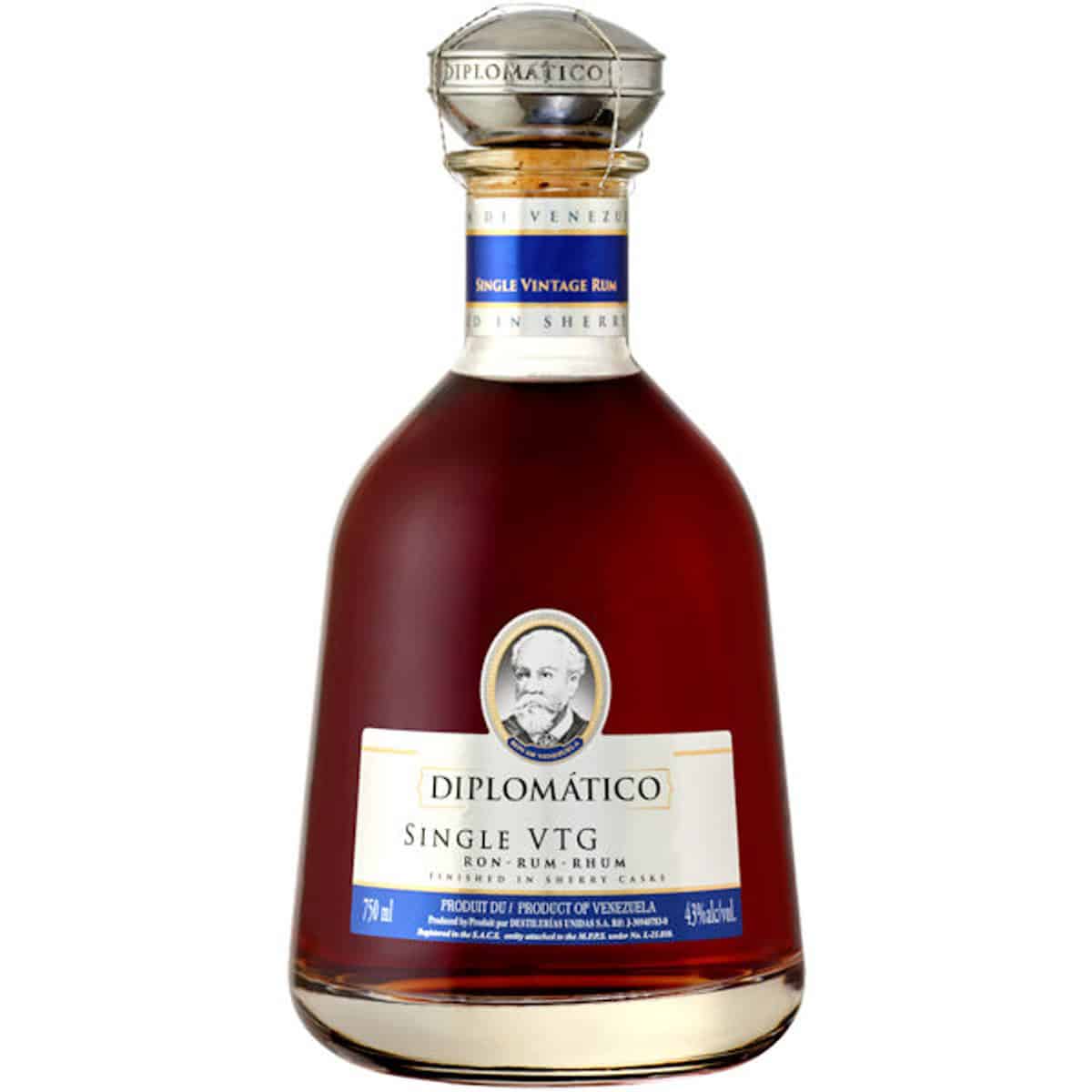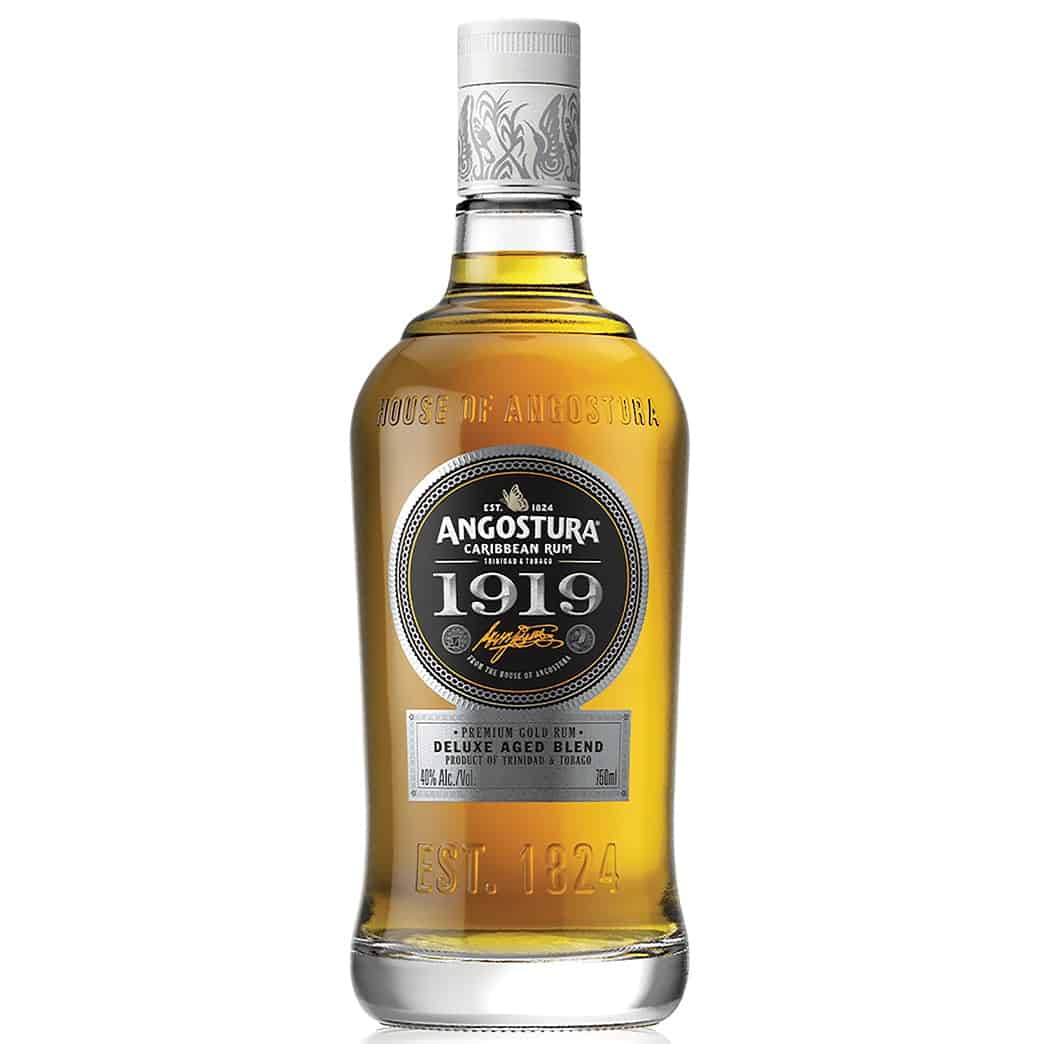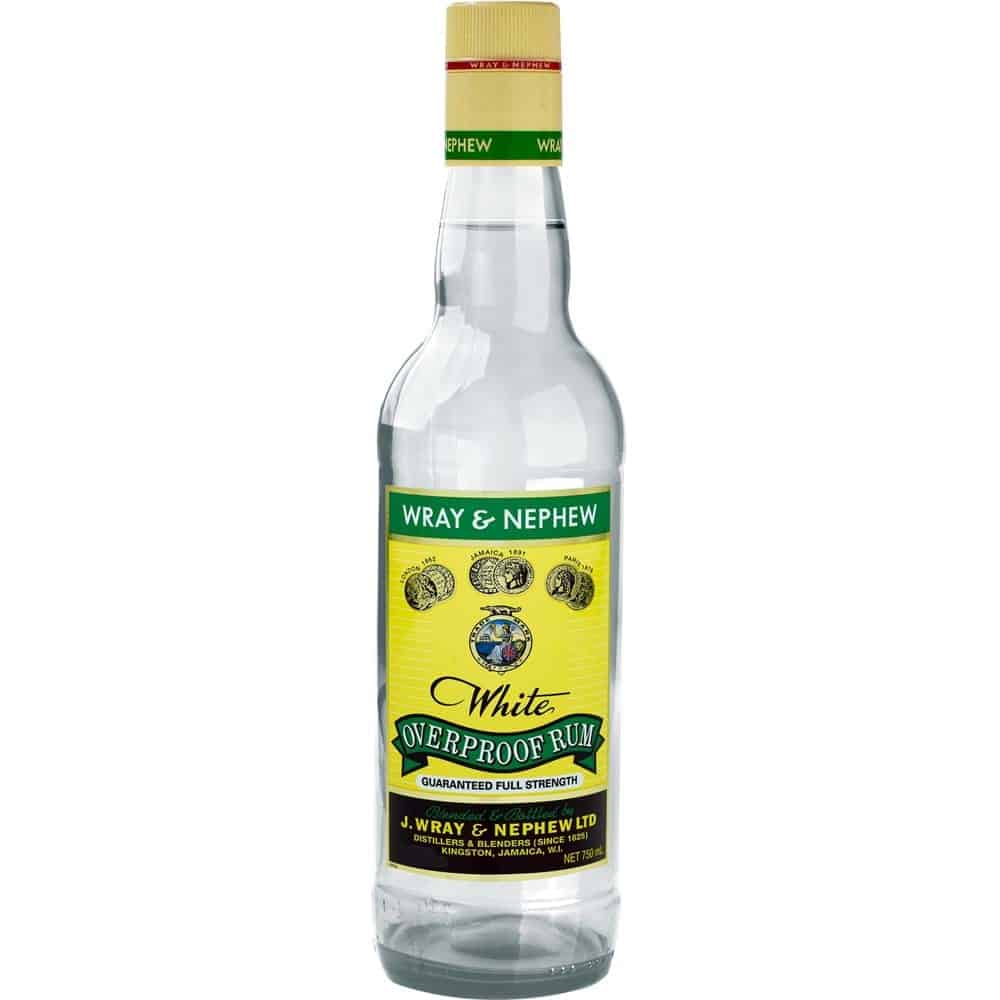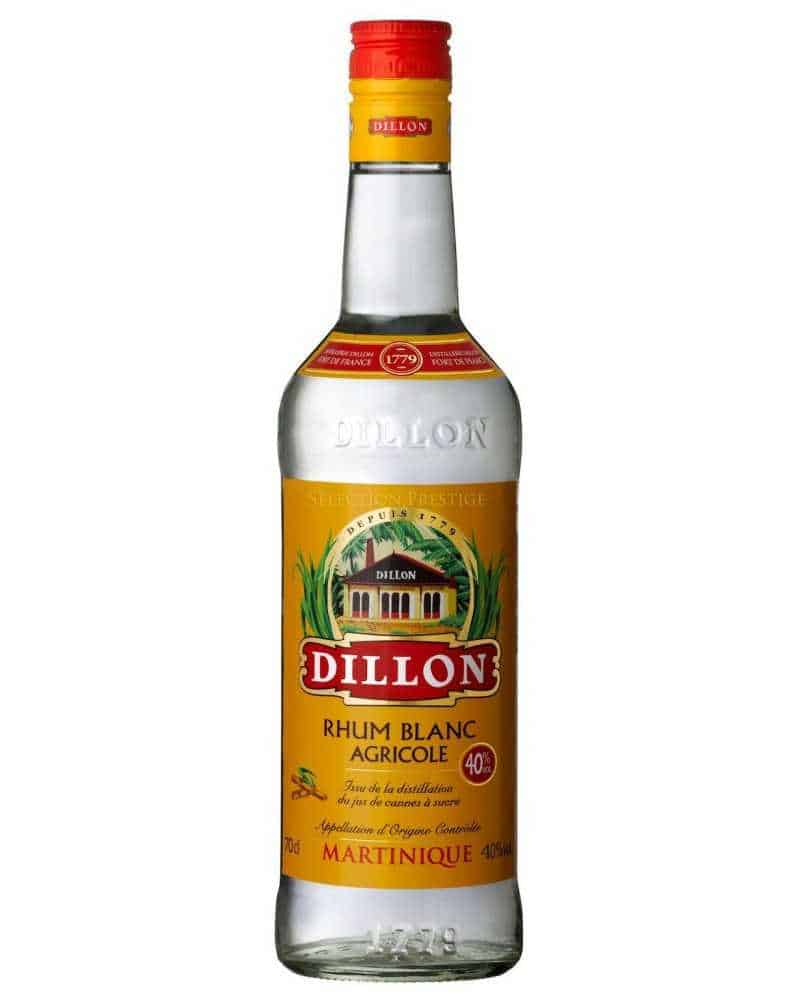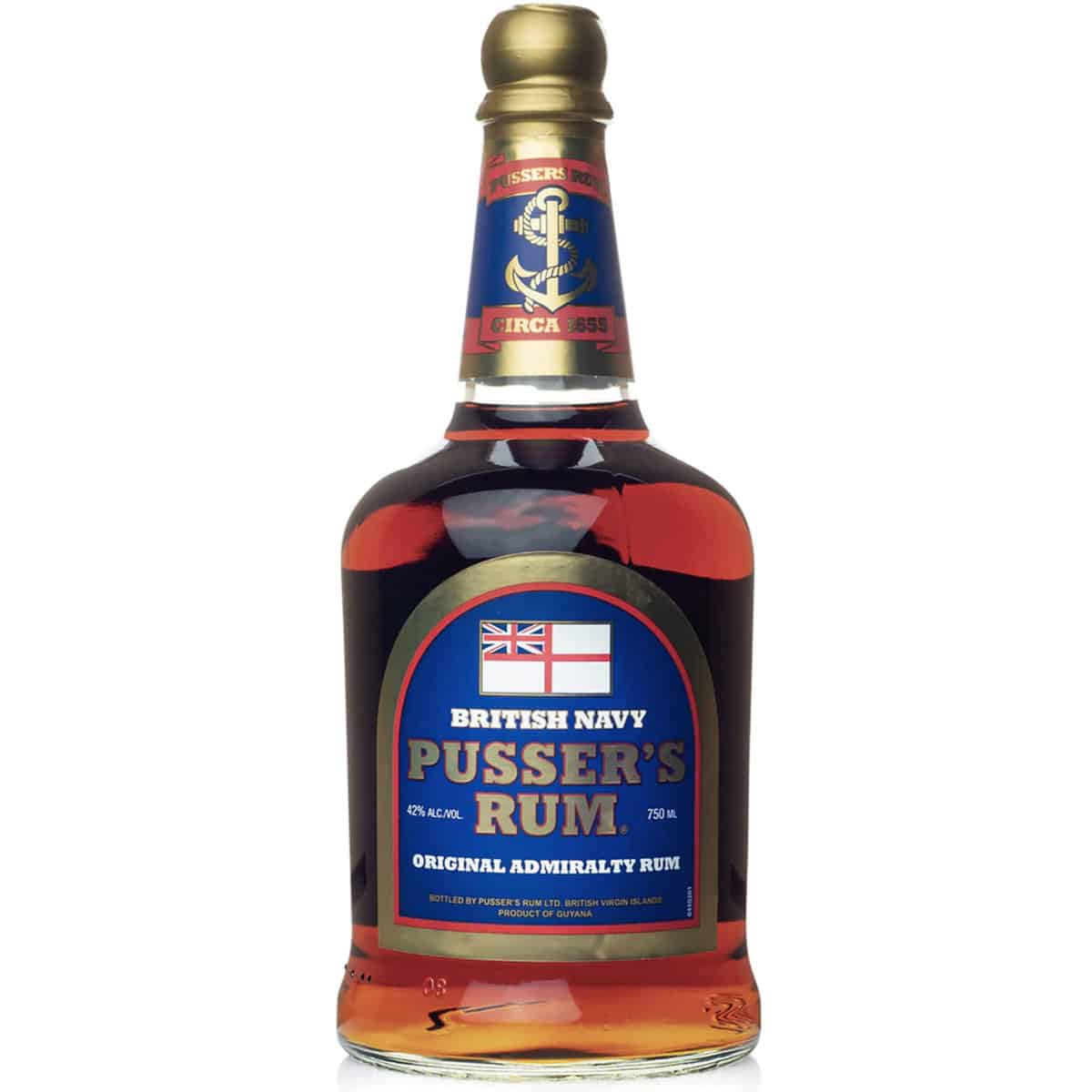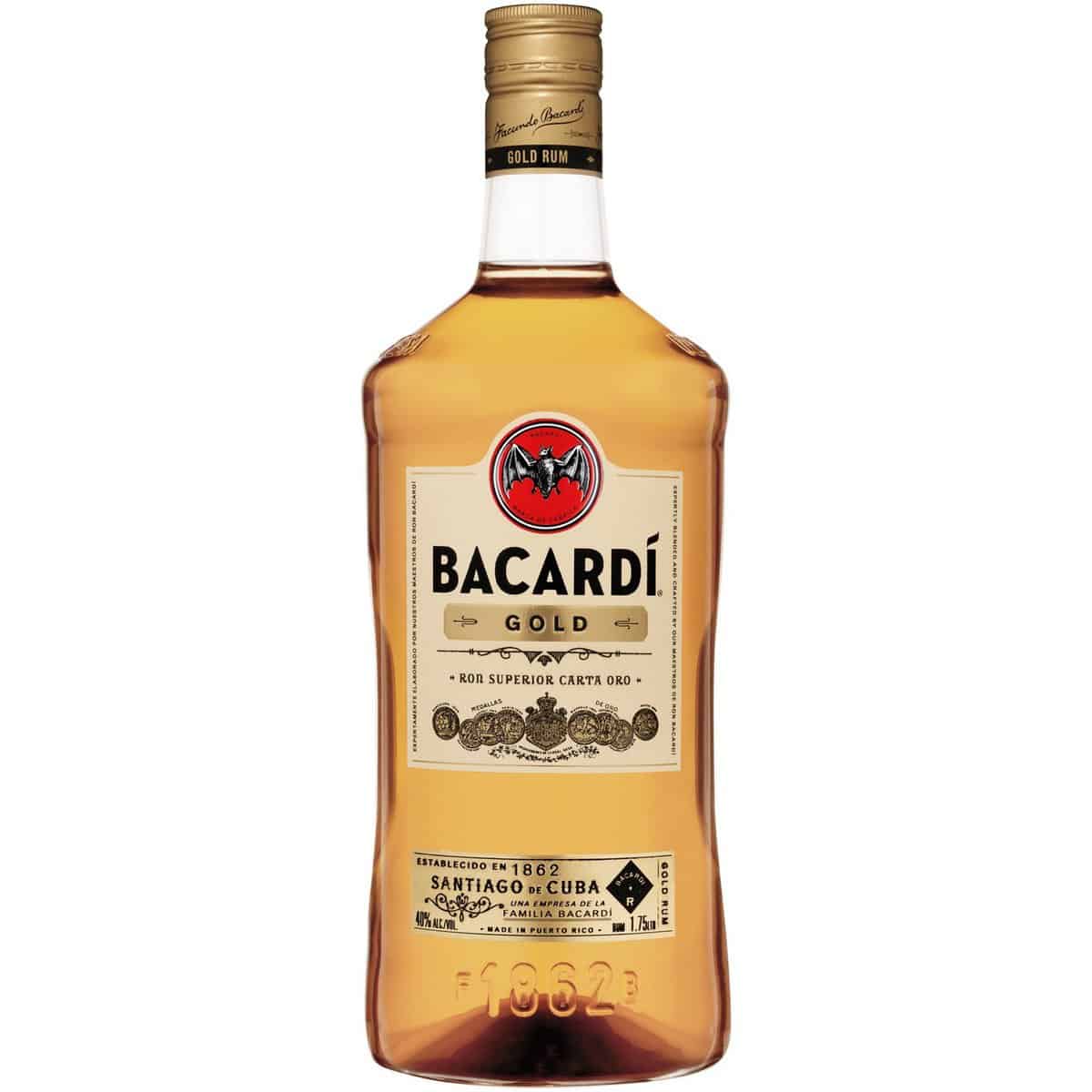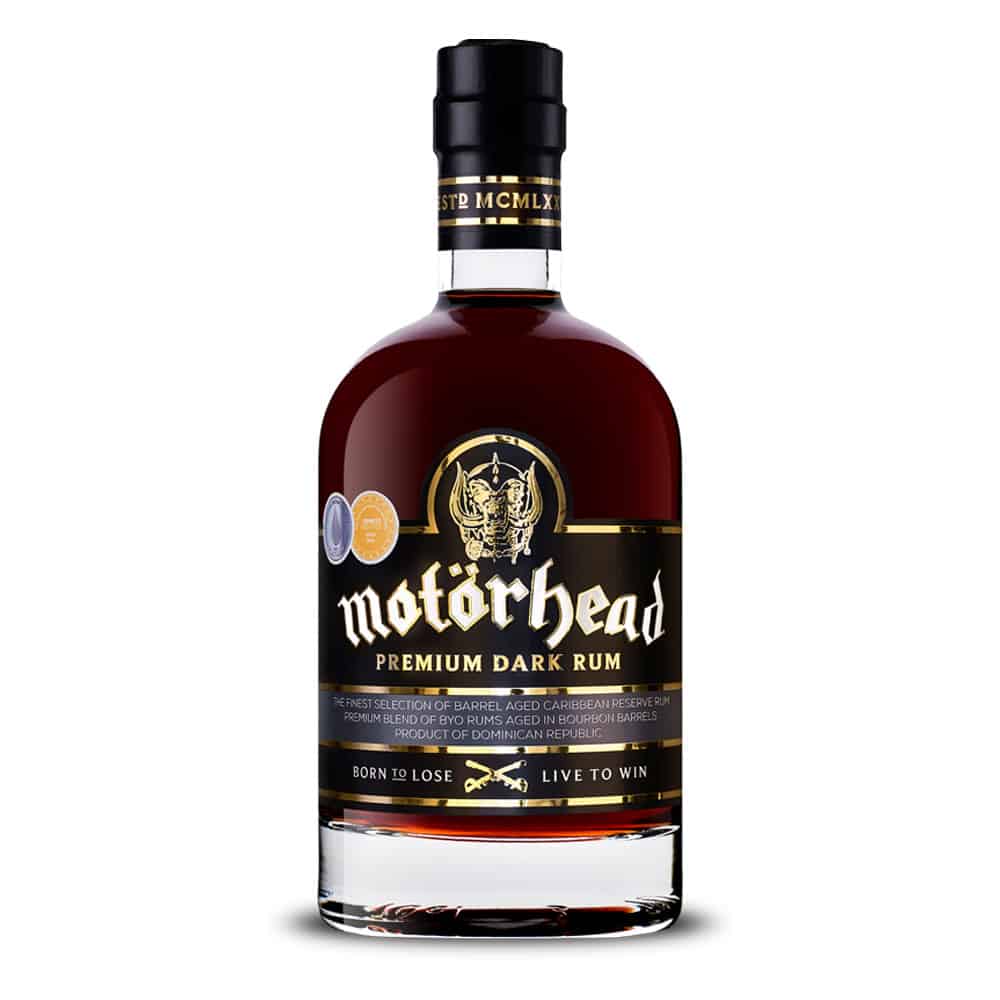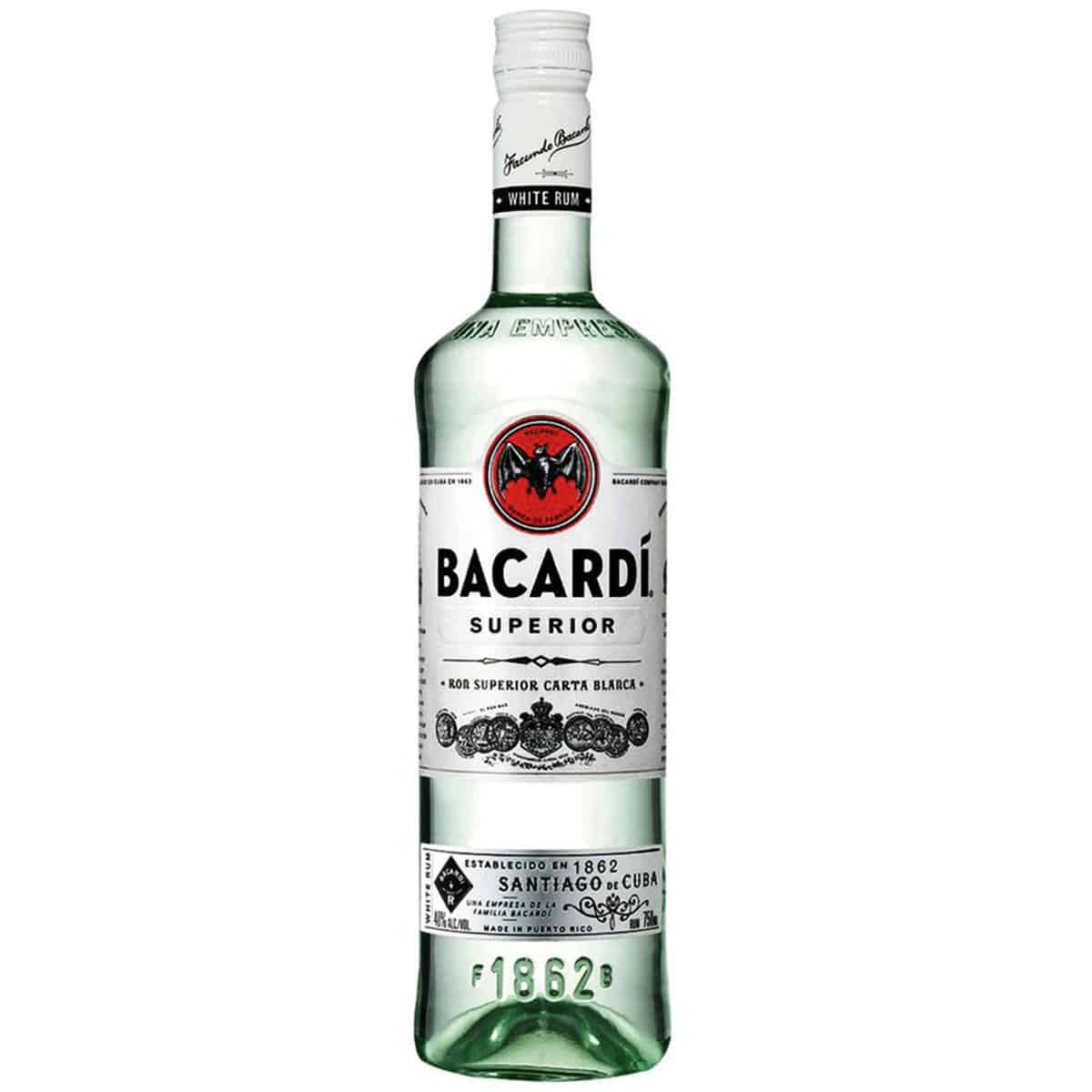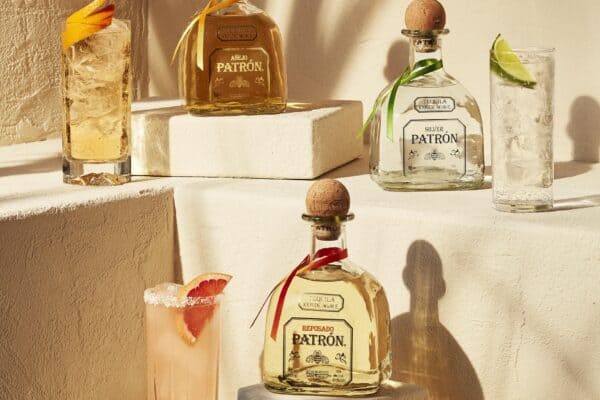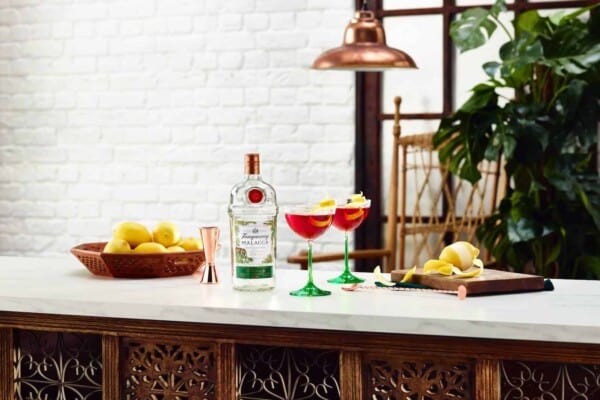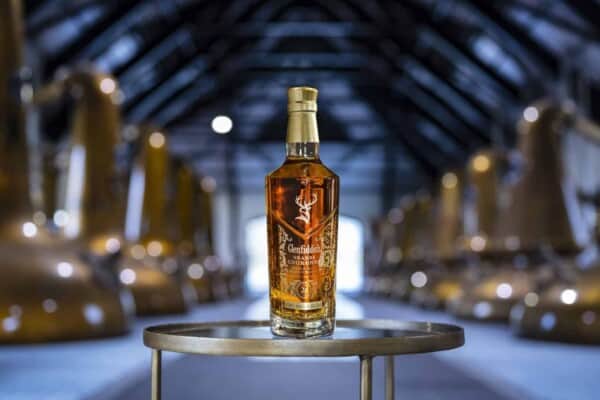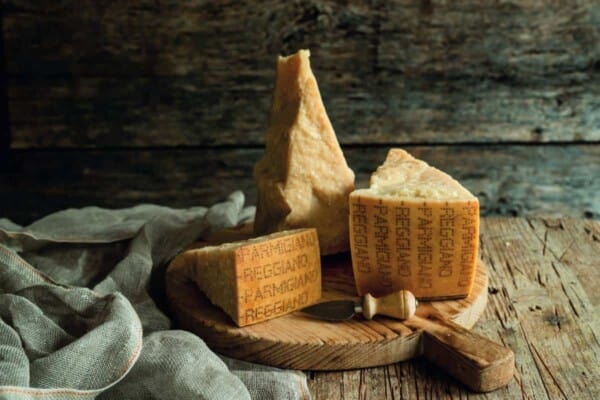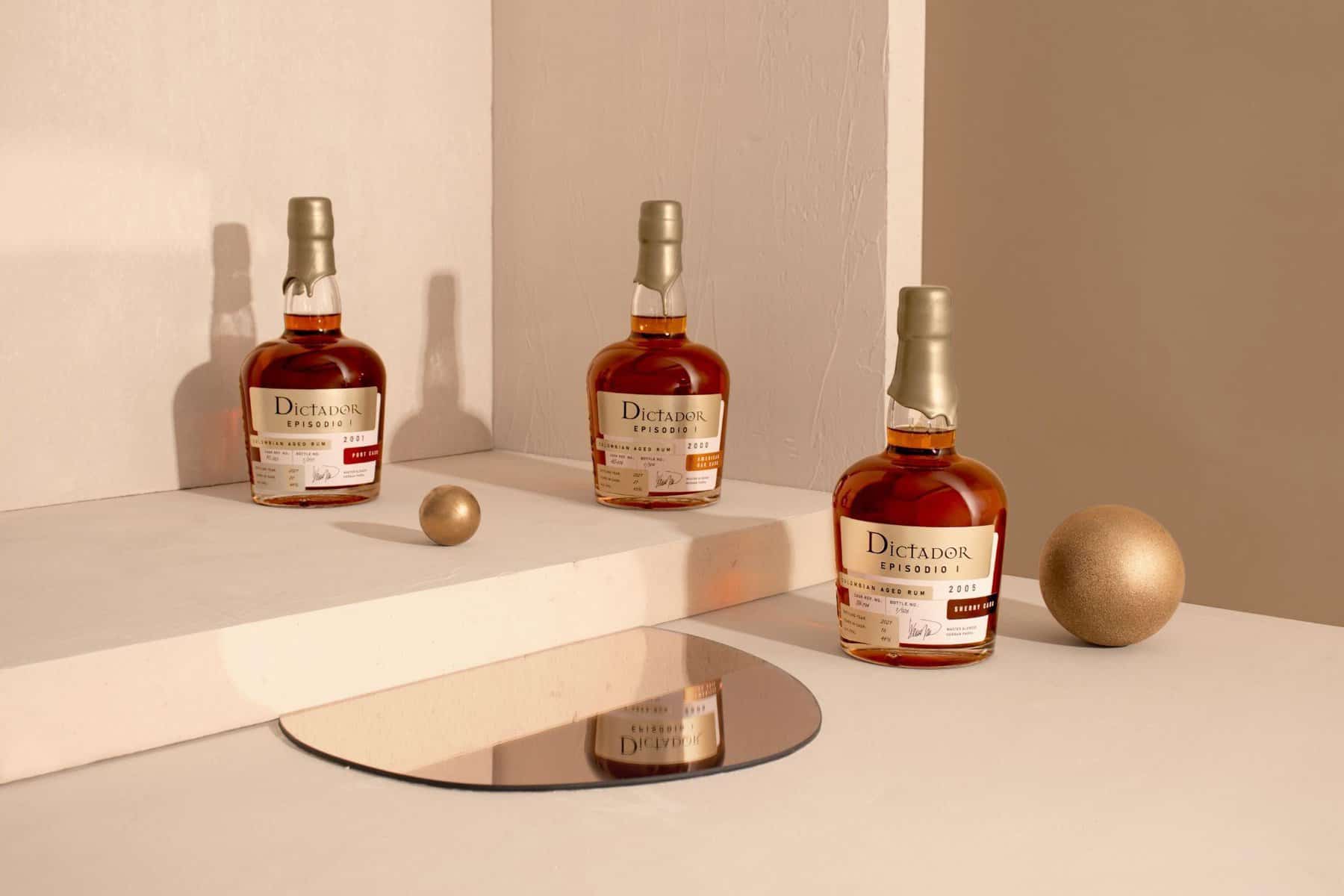
You should always reward yourself with some R&R at the end of the day, something that is both soothing and energizing. While there are many other types of spirits available, most people stick to whisky, brandy, or cognac after a long day. Rum, which is often overlooked, is actually a very high-end addition to the repertoire.
Rum has long been a go-to for mixologists and connoisseurs thanks to its smoky, sweet taste notes and wide range of applications. Since this type of alcohol is made in more than 50 countries, each with its own history, traditions, and rules, there is a wide range of exquisite rum flavors and the choices go beyond Bacardi and Captain Morgan.
When people hear the word “rum”, they immediately think of faraway lands, exotic drinks, and pirate ships. Rum has been around for quite some time, with the first documented mention being from Marco Polo, and the first distillation occurring on sugarcane farms in the Caribbean in the 17th century.
Nonetheless, despite its intricacy and harshness, rum has been enjoyed for years in less refined beverages like mojitos or daiquiris. Luckily, since customers lately tend to like unique things with a long history, rum was eventually recognized.
Rum is now produced all over the world with distillers using both modern and traditional techniques in the distillation, fermentation, and aging processes. Considering its widespread impact, it’s useful to have a firm grasp on the basics of rum production and an appreciation for the myriad rum styles that exist. But first thing’s first..
What is Rum?
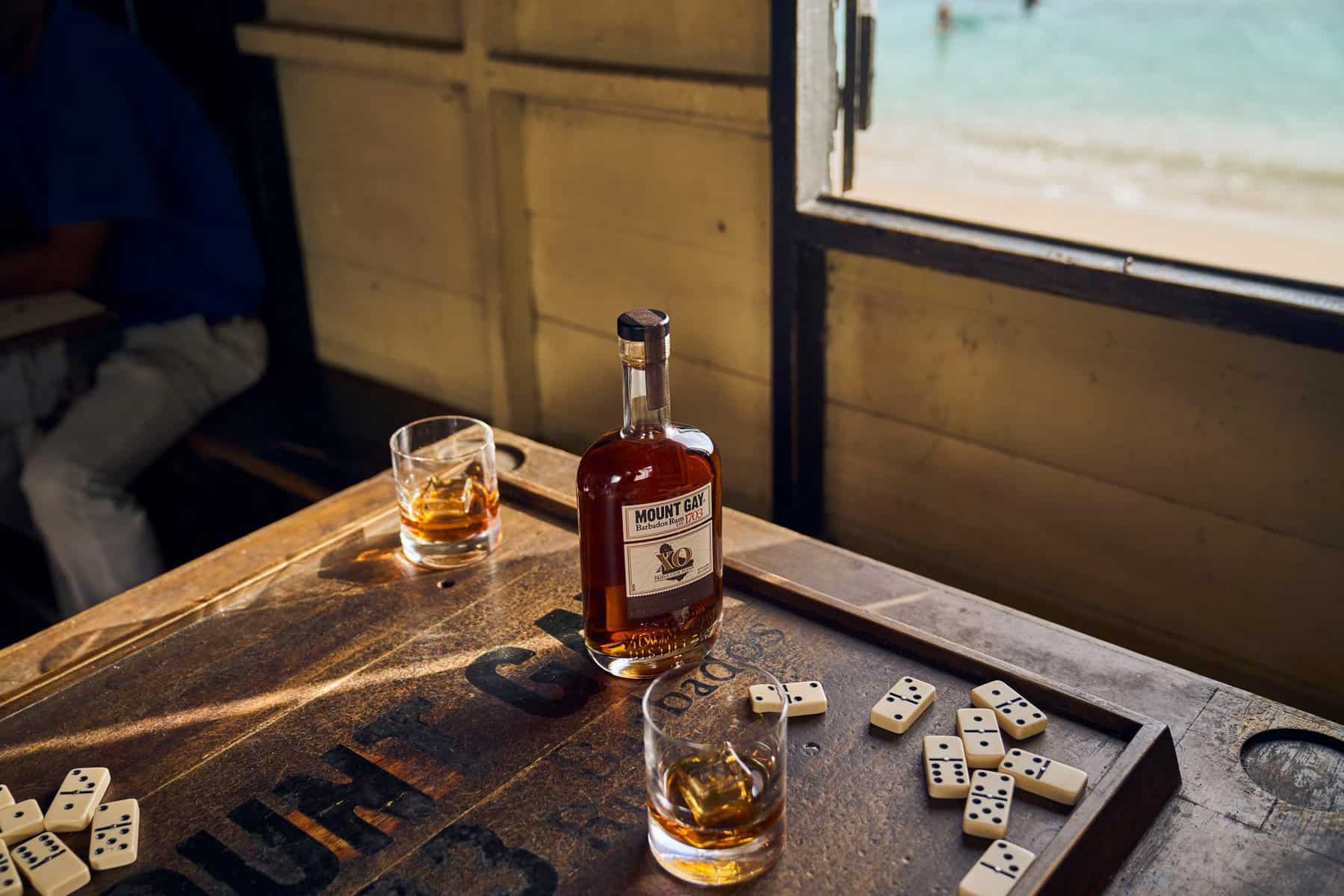
Rum is a type of distilled spirit that is made from fermented sugarcane juice, sugarcane syrup, molasses, or other sugarcane byproducts. It’s bottled at a minimum of 40% ABV or 190 proof, and it’s distilled to no more than 95% ABV (80% proof). Please be aware that there are rums on the market that are less than 40% ABV, but we won’t be focusing on them here.
In addition to its historical associations with the tropics and piracy, rum is today well recognized for its distinctive aromas and flavors. Even on a dreary day, a rum sip can make you feel like you’re in the bright, sunny Caribbean.
Most of the world’s rum is produced in the Caribbean, North America, and South America. Nonetheless, high rates of rum manufacturing can also be seen in other nations that produce sugar, such as Taiwan and the Philippines.
Moreover, you may be astonished to find that in 2020, Italy overtook the United States as the leading rum producer, raking in annual revenue of $206.32 million.
How is Rum Made?
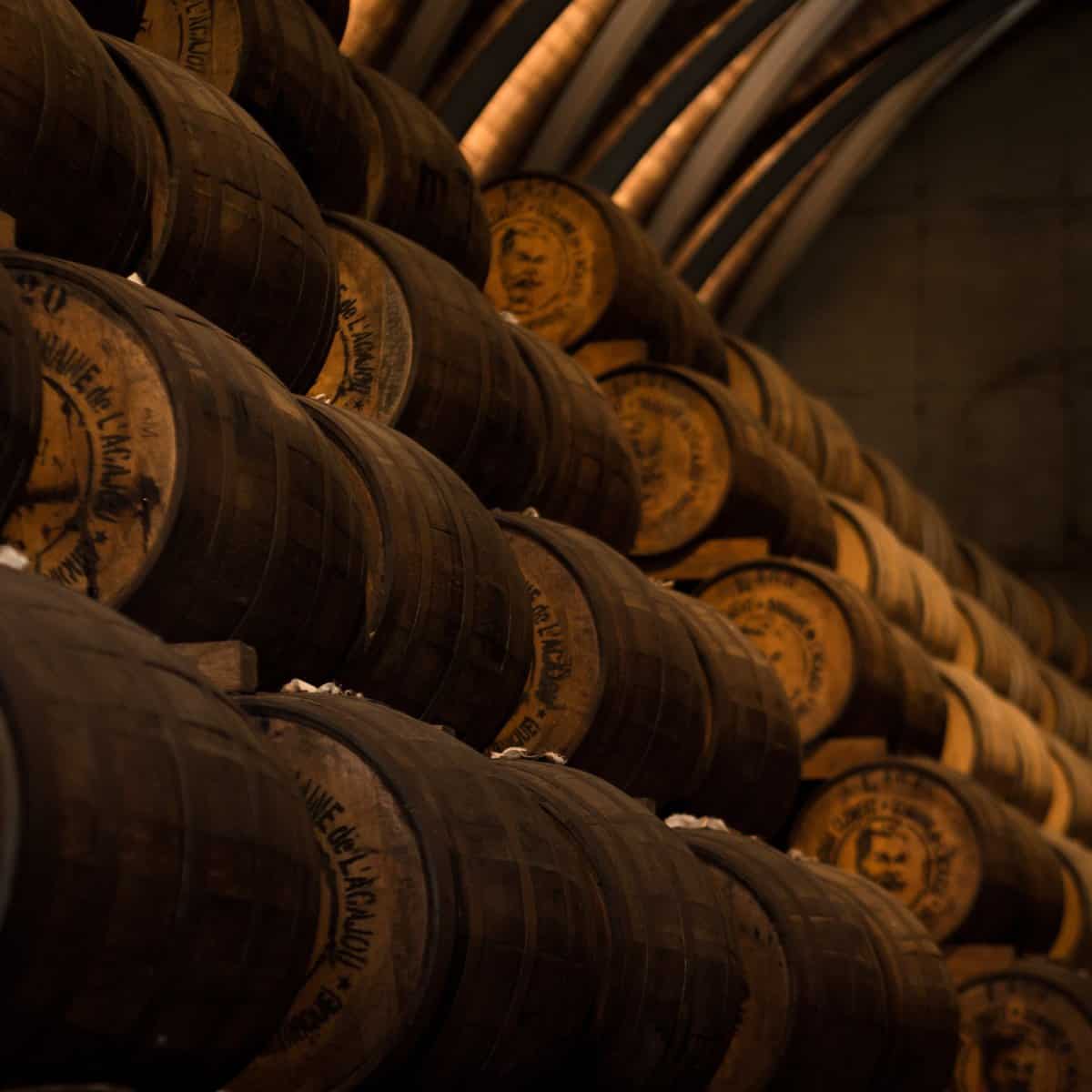
Most modern rum is made in one of three ways: by fermenting sugar cane juice; by making a thick syrup from the juice and then fermenting that; or by turning the juice into molasses and then fermenting it.
The climate and soil have an influence on the finished flavor of rum, which is why rum made from Barbados molasses would have a distinct flavor from rum made from Dominican molasses, even if both were distilled in the same location using the same techniques. Most rum distillers employ molasses, but not all molasses is evenly distributed.
Regarding fermentation, distillers have a few options. If they decide on the organic approach, the product will be stored in open vats while natural yeasts in the air convert sugar into alcohol. Another option, which most big businesses use, is to put in different strains of yeast and then manage the whole process.
Stills, which are often composed of copper or steel, are used for distillation; they are categorized as either continuous or pot stills. There are additional types of stills and permutations within each, but these two are the most common. Distillers may choose to use one or the other, or a combination of the two.
Depending on the kind of rum, the alcohol content may be increased by undergoing a second distillation. As with every other step in the distillation technique, the decisions made here will affect the flavor of the finished product.
History Of Rum

Even though sugarcane was first discovered during Alexander the Great’s amazing military campaign, it wasn’t until the Persians and Arabs refined sugar in the 7th century that its roots and benefits were studied in more detail. When the Arabs arrived in Europe around the 11th century, they brought with them a new commodity: sugar.
However, rum enthusiasts owe Christopher Columbus a debt of gratitude. During one of his trips, he planted sugarcane in Hispaniola (today’s Dominican Republic and Haiti), introducing it to the Caribbean. It quickly took the place of other crops as the Caribbean’s main source of income, sending refined sugar to Europe and molasses to New England distilleries.
As a result, colonists began setting up sugarcane plantations in places like Mexico, Cuba, Jamaica, and Puerto Rico. The Portuguese, on the other hand, established sugarcane throughout the Brazilian coast and brought sugar presses and copper boiling vats from home.
These pioneers were interested in distillation not just for the stimulating effects of alcohol, but also to disinfect their drinking water. However, when sugar was first processed, the molasses byproduct was thrown away. There was no need for it and it was too cumbersome to ship from the Caribbean anyway.
In a preliminary step, manufacturers dropped it directly into the sea. One day, though no one knows for sure when, they discovered the molasses was bubbling. Therefore, sugar mill workers understood this waste was indeed fermenting and chose to take advantage of it.
There was enough sugar left in the molasses to encourage natural fermentation, and the warm, moist conditions of the Caribbean were ideal for this to occur. So the process of distillation had been perfected and a drinkable spirit was pulled off.
Rum’s Odyssey
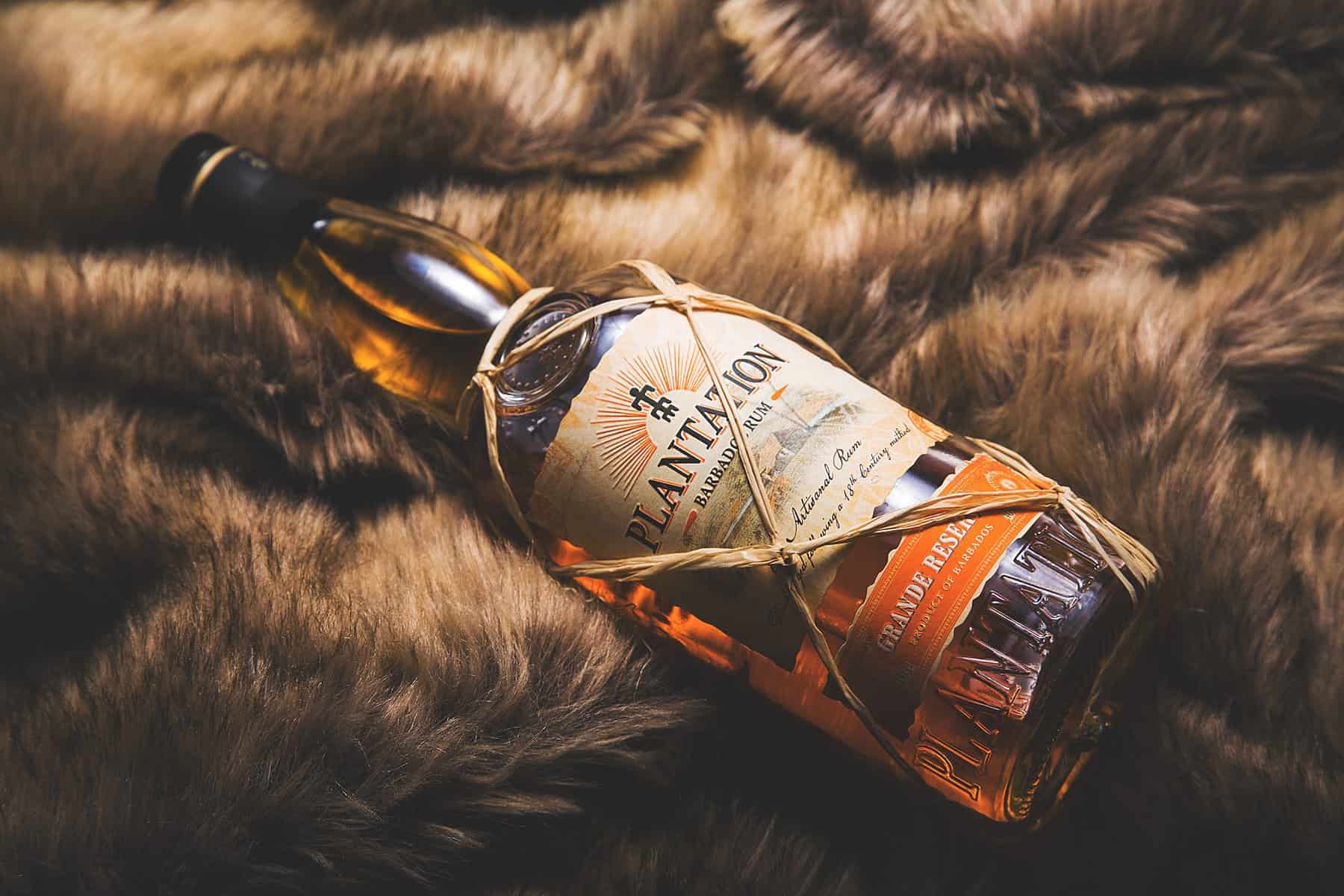
Primarily, it is believed that rum originated in the West Indies, particularly in Barbados, as in the middle of the 17th century, the sugar business started to grow in the area. In 1627, an English colonist named James Drax came to the island and quickly set up a dairy farm where he grew sugarcane and built the first windmills on the island.
From there, everything became a global phenomenon. It wasn’t long after rum was developed in the Caribbean that word of its deliciousness made its way to Colonial North America. To meet this appetite, as well as the rising demand for sugar in Europe during the 17th century, sugar plantations required more labor.
Therefore, rum turned into a worldwide product, interconnecting Europe, America, Africa, and the Caribbean through a complicated network of commerce that included the slave trade. Slaves were responsible for planting, manuring, harvesting, and hauling the sugarcane to the mill where it was crushed and its juice collected.
The funds obtained from selling the molasses were then invested in the production of goods that were afterward shipped to West Africa in return for slaves. Later, slaves were shipped to the Caribbean, where they were exchanged for sugar or auctioned to landowners. With the money, sugar was purchased and the cycle started over.
Rum also became a vital beverage for the British Royal Navy as British sailors received daily supplies of Navy Rum, which grew to be known as tots. These sailors made use of many tots per day to maintain morale. In the 1970s, when modern captains were worried about drinking and violence on the deck, the venture was stopped.
In the 18th century, rum was so highly prized that it was even used as currency. Early on, English privateers employed it as a medium of exchange, and sailors’ perks often included barrels of rum. But some of these privateers turned into pirates, and rum was also exploited as a unit of account between pirates, which is why they have long been linked with the drink.
Rum was initially made by a huge number of small manufacturers. Distilling the molasses leftover from sugar production was common on plantations, and most had their pot-still for the purpose. In the modern world, however, industrialization has caused sugar and rum production to be consolidated into a smaller number of large companies.
Today, only a small fraction of distilleries also cultivate their own sugarcane. Therefore, sugar mills must sell their molasses in bulk to the alcohol industry.
Factors Influencing Rum Types
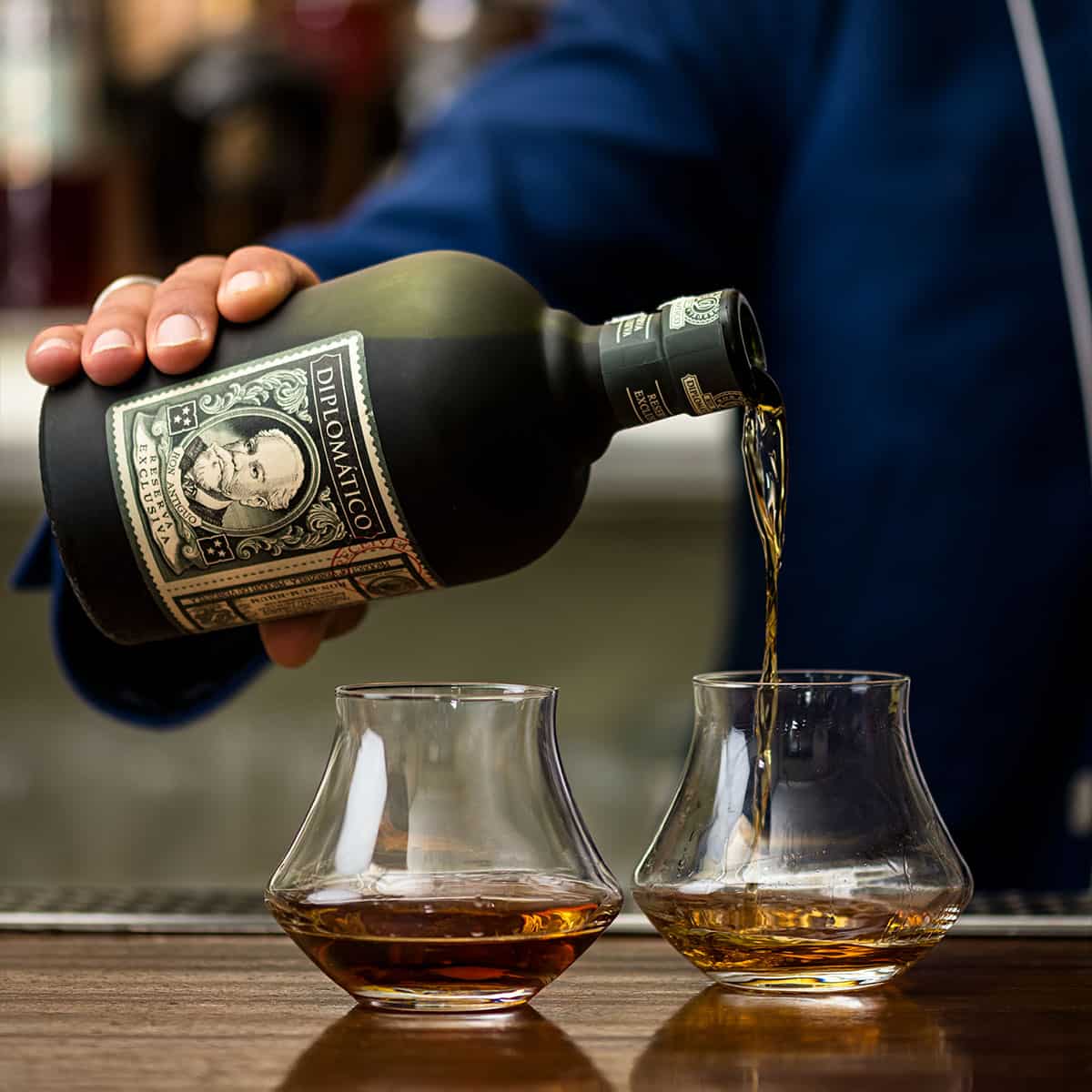
Sugar Origin
When making rum, it’s not as important as you may assume where the sugar comes from. Since Brazilian molasses is used to make a large percentage of today’s rums, the origin of the sugar doesn’t play much of a role in determining the rum’s flavor profile anymore.
However, the sugar source might impart a certain element of terroir. Since sugarcane juice that has just been extracted oxidizes quickly, it must be processed close to the distillery so that fermentation can start right away. From there, the terroir of Rhum Agricole.
Yeast Strain
Distilleries can choose between using either wild yeasts or produced strains. When making rum, it’s best to use natural yeast so that the spirit takes on some of the flavors and aromas of the leaven’s surrounding environment.
However, some businesses employ carefully cultivated strains that are guaranteed to pass on their consistent qualities from generation to generation. For example, Bacardi has an interesting story because, after the Castro government took over its Cuban facilities in 1960, the brand moved its leaven to Puerto Rico to keep its recipe the same.
Fermentation Time
Yeast also affects how quickly a mixture ferments. Therefore, some rum brands have modified their yeast to accelerate molasses fermentation, resulting in lower levels of flavor-inducing esters and congeners. Because of the leaven and how quickly it ferments, these spirits have a very subtle flavor.
Type of Still
The choice of still is another element that might alter the flavor profile of rum. Heavier rums, higher in taste constituents and esters, are typically produced in pot stills, while the flavor components are stripped away more efficiently in a column still, resulting in a lighter rum.
While it’s true that columns still save money on energy and maintenance costs, it’s also crucial to note that the two options aren’t mutually exclusive. Rums can be made entirely in pot stills, solely in columns, or a combination of the two.
Time Spent in Barrel
The flavor of rum can also be affected by the type of barrel in which it was aged. Different rums have different aging processes, with some requiring fresh charred oak casks and others preferring previously used barrels.
Moreover, the more time rum spends in the barrel, the more of the oak’s flavor components it will absorb. When these two things are added together, they make the rum taste different and better.
Rum’s Final Proof After Distillation and Bottling
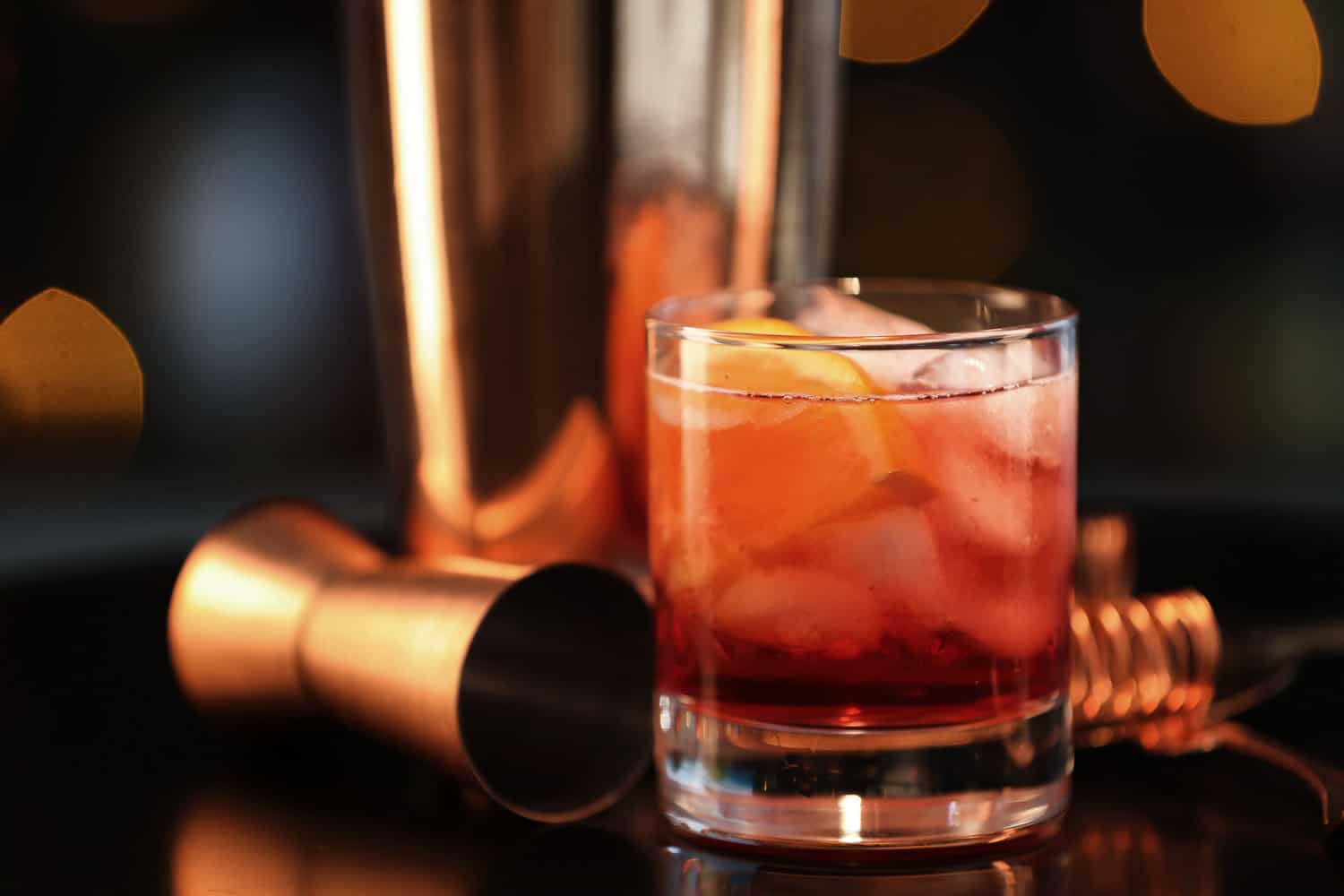
The best rums are those that are distilled to a higher proof (85–95% ABV) and then diluted to a lower proof (40% ABV) to preserve the original flavor and body of the drink.
The Main Types of Rum
The French are connected with Champagne, the Scots with whiskey, and the Navy with rum. That means that rum’s appeal is not limited to one place or culture, but instead goes beyond national borders.
There are a wide variety of techniques for distilling rum, making it a very versatile alcoholic beverage. Because of this, it’s easy to become confused by the extensive range of rums available.
To help you understand the golden liquid’s complex and fascinating heritage, throughout this article you will discover the 10 main types of rum. They say that where there is rum, there is fun, so let’s get this party started, shall we?
10. Cachaça
Whereas tequila reflects the ethos of Mexico, bourbon depicts the United States and vodka embodies Russia, Brazil has cachaça. Distilled from fermented sugarcane juice, it is the key ingredient in the Caipirinha cocktail and is noted for its fiery, rich, and fruity taste.
But, in order to qualify as cachaça, it is required by law to be made in Brazil and contains between 38 and 48% ABV. Cachaça is made all over the country, from tiny home stills to huge industrial plants. Each year, 800 million liters of cachaça are produced, but only 30% of that comes from micro-distilleries.
While most cachaça you come across will be unaged, sometimes the spirit is matured in casks, with oak being the most popular. Usually, the drink is sweetened by adding sugar before bottling, and sometimes it is also darkened with caramel coloring. No matter what, this spirit has a strong taste that will take you right to Copacabana Beach.
9. Spiced Rum
When it comes to sugarcane spirits, spiced rums are where the flavoring shines. They can be used in both hot and cold drinks, making them a multipurpose distillate. What is spiced rum? Any type of rum that has been infused with spices and herbs, such as clove, cassia, vanilla, cinnamon, nutmeg, cardamom, star anise, orange peel, ginger, pepper, and allspice.
Moreover, spiced rum goes through maceration processes like gin, which imparts complexity and depth of flavor to the final product. Therefore, several companies offer spiced rums as part of their product lines, and many of these versions feature regionally inspired aromas and herbs.
8. Single Vintage Rum
These uncommon rums are bottled after certain years of manufacture and shouldn’t be mistaken for aged rums. Typically, vintage rums may be found on the French islands because of the short growing season and lengthy distillation process required there.
Nevertheless, there are situations when a private rum label will purchase a significant quantity of rum from a single production year, store it for a while, and then bottle it at its peak maturity. Thus, the rums in this category are usually rare and expensive collector’s items.
Just as it is with the making of good wines, the harvest might be copious some years and lean the next, but the good news is that the number of vintage rums increases annually. Both the year and the country of origin are listed on the bottle.
7. Premium Aged Rum
As a first step, let’s agree on some terminology. In most countries, white rums are only aged for a year or two before being released, but here we are talking about maturation periods of three, five, or even ten years. Obviously, we are still considering a market segment controlled by the largest companies, many of which promote their rums as inexpensive mixers.
Although most rums are aged in repurposed bourbon or sherry barrels, the aging process for different types of rum varies widely. Sherry casks add either harshness or sweetness, based on the type of sherry previously in the barrel, while bourbon casks add sweetness and balance out the spirit.
Some people favor white or clear rum, but the complex aromas of older drinks make aged rum a favorite among aficionados of fine alcohol. Nevertheless, since it is so scarce, it tends to be very expensive as well.
6. Overproof Rum
Not for the faint of heart, overproof rum packs quite a punch. If you’re familiar with this type of rum at all, you most probably recall Bacardi 151, a brand that either reminds you of foolish choices you made when you were younger, or is used as a floater in specific shots as well as on top of desserts before being set on fire, much to the glee of euphoric customers.
However, to put it simply, overproof rum is stronger than 50% alcohol by volume. 100 was the proof level above which excise and customs officers would automatically label a spirit as “overproof” and charge a higher tax.
If you’re a devotee of powerful spirits, you probably have at least a couple of bottles on hand in your home bar. You never know when you’ll want an extra-strong Old Fashioned or a quicky rum cocktail like the Zombie, and you never want to be caught off guard. But if you’re a real overproof connoisseur, you should have the nerve to drink it on its own.
5. Rhum Agricole
In contrast to regular rum, which is sometimes made using fermented cane juice or cane byproducts like molasses, Rhum Agricole, which is largely produced in French-speaking Caribbean countries, is distilled purely from pressed cane sugar. It’s possible to simply refer to it as “rhum,” although few do.
Rhum Agricole was born out of economic desperation on the island of Martinique in the 19th century when demand for refined sugar plummeted due to inexpensive competition from South America. However, contrary to what some authors may have you believe, it can be made and sold by anybody as long as the product adheres to specified requirements.
All in all, Rhum Agricole’s purity allows drinkers to fully appreciate the rum’s terroir. In this case, this translates to a flavor profile that is grassy and maybe even a little funky.
For the most part, rum connoisseurs agree that navy rum is a combination of matured rums from two or more of the following Caribbean countries: Barbados, Jamaica, Guyana, and Trinidad. There is also a widespread agreement that this type of rum was developed by sailors stationed in the Caribbean who desired a stronger spirit.
There was a perfect storm of circumstances that made rum vital to the British Royal Navy. A long-standing practice, at least as far back as the 1700s, was the distribution of daily rum rations to the crew. Each time a navy ship docked, its stores were resupplied with a wide variety of goods, including rums produced in the area.
Even though this practice ceased in 1970, navy rum is still widely available. Whether you prefer to enjoy it neat, on the rocks, or in a cocktail, there is a wide variety of seductive, swash-buckling navy rums from which to choose.
3. Gold Rum
Consider trying a gold rum if you’d like to indulge in something smooth and flavorful without breaking the bank. This type of rum has been aged in oak barrels, which is how it got its amber color, and it is used in drinks where a stronger flavor is desired because it tastes more complex than white rum.
Depending on the barrel used to age them, gold rums can boast subtle hints of vanilla, citrus, caramel, coconut, or almond, making them a staple ingredient in many cocktail and dessert recipes. Besides Bacardi, Don Q, and Ron Rico, there are several other well-known and easy-to-find brands.
Unfortunately, not all gold rums are aged to achieve their yellow tinge. Some are only colored with caramel. And while that may alter the hue, it does not affect the flavor. So, make your choice wisely.
2. Dark Rum
This variety of rum is often called “black rum” due to its extremely dark brown or almost black color. It is frequently pot-stilled and matured for long periods, which gives it its full body and rich caramel flavors.
Do you recall our discussion of molasses? Now comes the meat of the matter. Dark rums are traditionally the product of a second distillation and share more characteristics with Scotch or brandy than other types of rum. We can also find blackstrap rum, which is a dark rum with an even more complex taste because it has been distilled three times.
The best way to enjoy dark rum of any quality is to sip it slowly, just like you would whiskey. Therefore, you should savor this one neat, on the rocks, or mixed into cocktails like the Mai Tai. Popular labels include Mount Gay, Appleton, Gosling’s, and Ron Zacapa.
1. White Rum
For sure, you recognize this one from Mojitos, Pina Coladas, and most beverages served with a parasol. White rum, also known as light, silver, or clear rum, has the smoothest taste and is often aged for three to six months in warmer countries or up to a year in chilly climates.
Generally, white rums are matured in stainless steel barrels before being filtered to remove any color that may have developed while maturing. Thus, since Spanish-speaking countries have been responsible for producing spirits with a very clean taste, top-quality white rums can be found in countries like Panama, Cuba, Puerto Rico, Venezuela, and Colombia.
Picking up the nearest bottle of white rum sounds harmless enough. For all that, in the realm of rum, isn’t white rum the minimum universal denominator? The response is an emphatic “NO! Choosing a rum based solely on its color is equivalent to saying “white” when asked what kind of automobile you drive. So, no, not all white rums are the same.
Final Words
Rum can be produced from sugarcane juice, honey, or molasses. The first is manufactured by crushing sugarcane, the second by reducing sugarcane juice at extreme temperatures, and molasses is obtained by centrifuging sugarcane juice, but with the inclusion of stabilizers. Is one superior to the other? No, or, you may say that it’s up to individual preferences.
Contents

